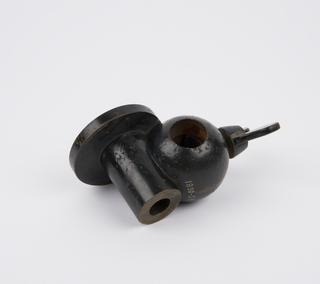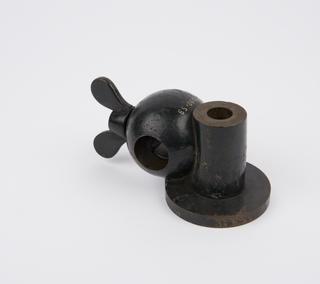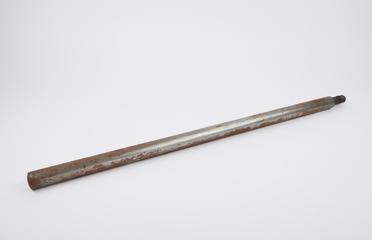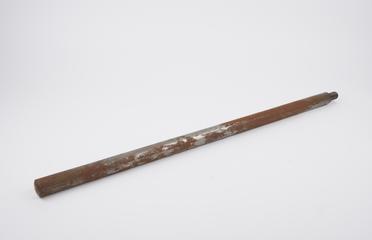


Metal component associated with three large tuning forks by Koenig

Metal component associated with three large tuning forks by Koenig

Metal component associated with three large tuning forks by Koenig
Glass tube used by Irène Joliot-Curie & Frédéric Joliot in an experiment on artificial radioactivity
1930-1934